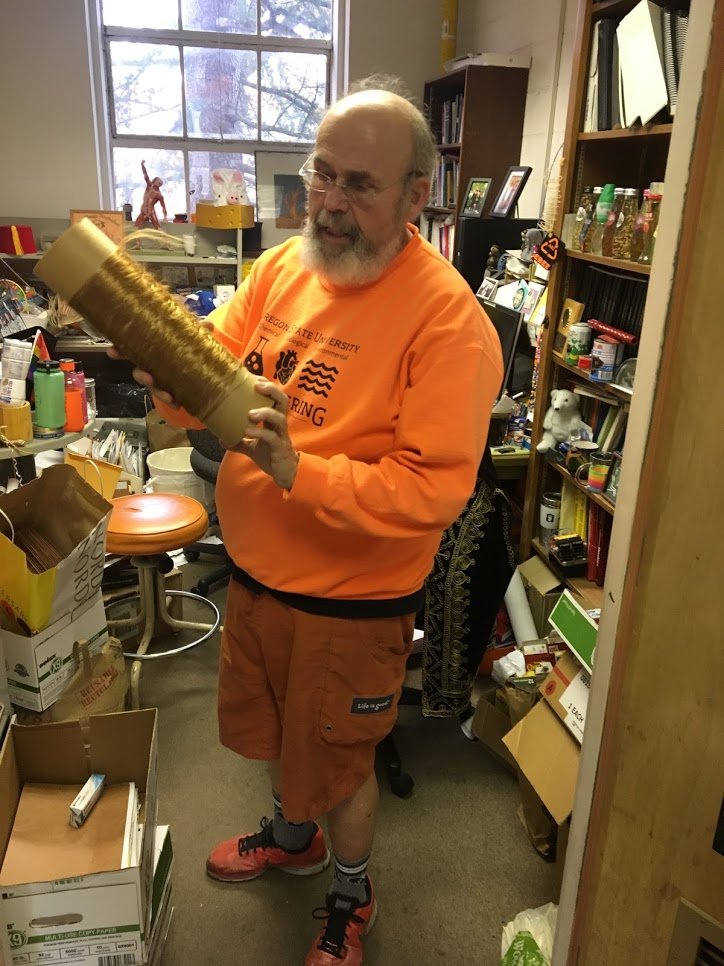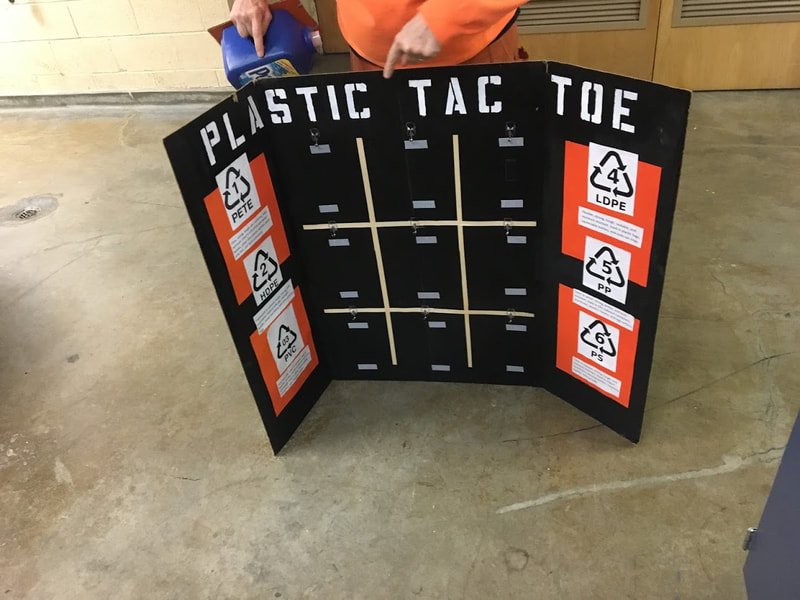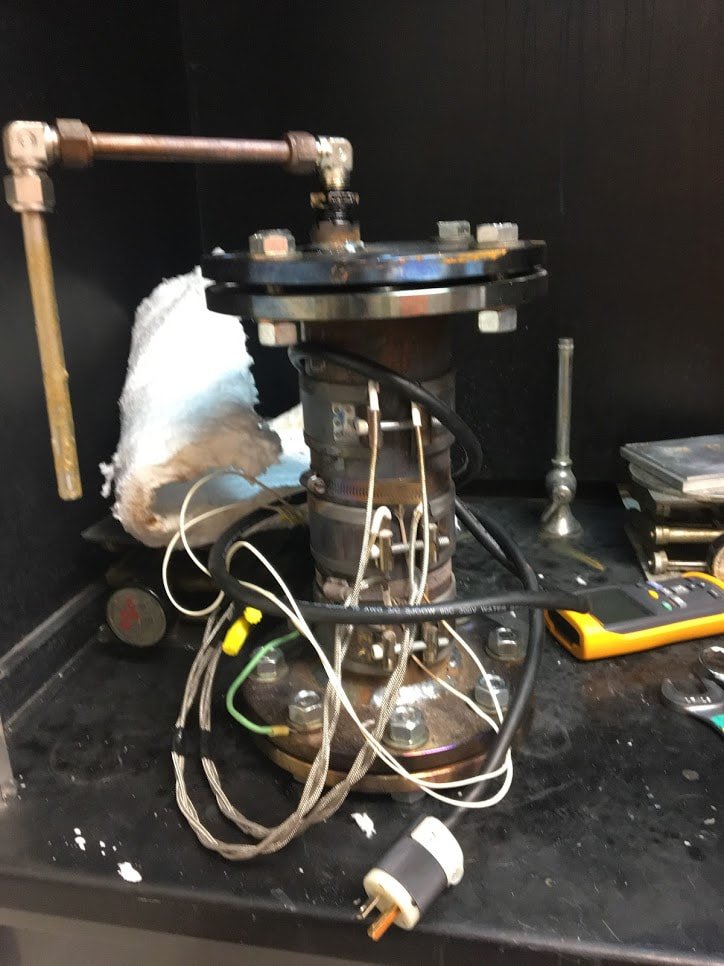Visit to Corvallis: Oregon State and HP
This February I had a chance to visit Scott Farling at his Portland home. I was in the pacific northwest for some training and to check out a boat for sale and dropped in on Scott. Most of his OPR contacts were within a few hours' driving from here and he wanted to introduce me to some people, so we hit the road together to take a driving tour of the Pacific Northwest recycling scene.
Our first stop was at the corporate offices of Hewlett Packard. Dr. Paul Nash is an expert in polymer science and played a major role in incorporating recycled plastics into HP printers and ink products. After giving him a brief project overview, Dr. Nash agreed to examine small quantities of our ocean recycled PET, polypropylene, and ABS. These would be analyzed in house for compatibility with their existing sources of recycled material, and potential for use in HP products. Though it’s too early for us to be asking HP (or anyone for that matter) for funding, it was good to hear their perspective on the value of our project, and to understand the specifications our ocean plastics will have to meet in order to make it into an HP printer. Right now we’re thinking that just a few percent of ocean recycled content would be allowable, but the volume of what HP produces could mean those few percent amount to many, many tons of recycled plastic bottles. This could be an important outlet for marine debris in the Pacific.
Just a few miles down the road was Oregon State University, where Dr. Skip Rochefort met us and gave a tour of his chemistry lab. We met some of his undergraduate assistants including Aaron, who had single handed lyrics built the pyrolysis unit they were currently running. Under Skip’s guidance, Oregon State is leading the work on pyrolysis—converting plastics to fuel.
Skip’s lab is working on varied projects ranging from fire retardant roofs to medical supplies. In the next few months, they’ll be receiving a 200 gallon per day pyrolysis unit on loan from Clean Oceans International, which will allow them to test shipments from Alaska in larger batches. From where I sit now, I see Pyrolysis as a practical and scalable alternative to mechanical recycling methods. There is probably no premium market for ocean recycled diesel fuel. But in remote regions, it may be the best use of marine debris since diesel is a valuable commodity in these areas.



